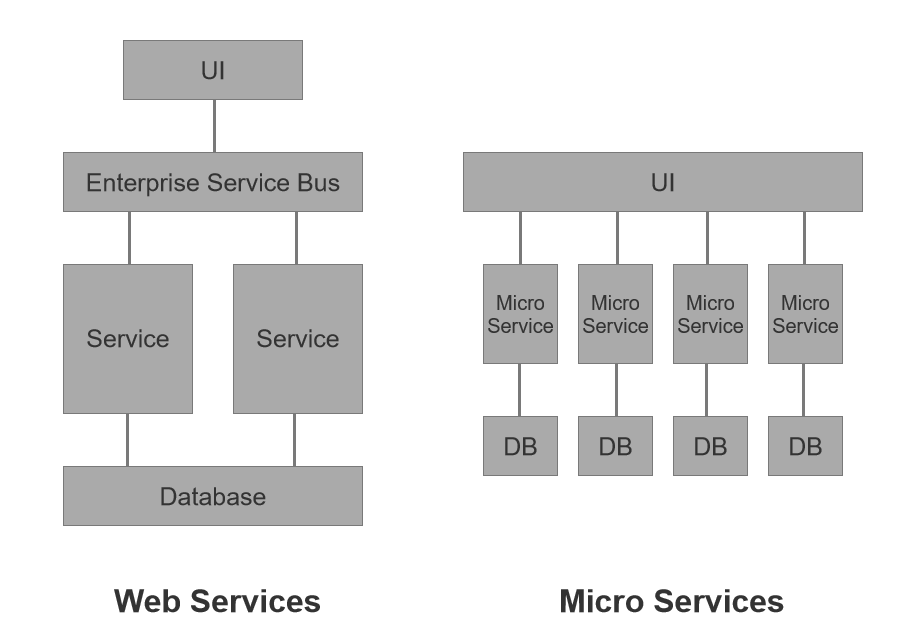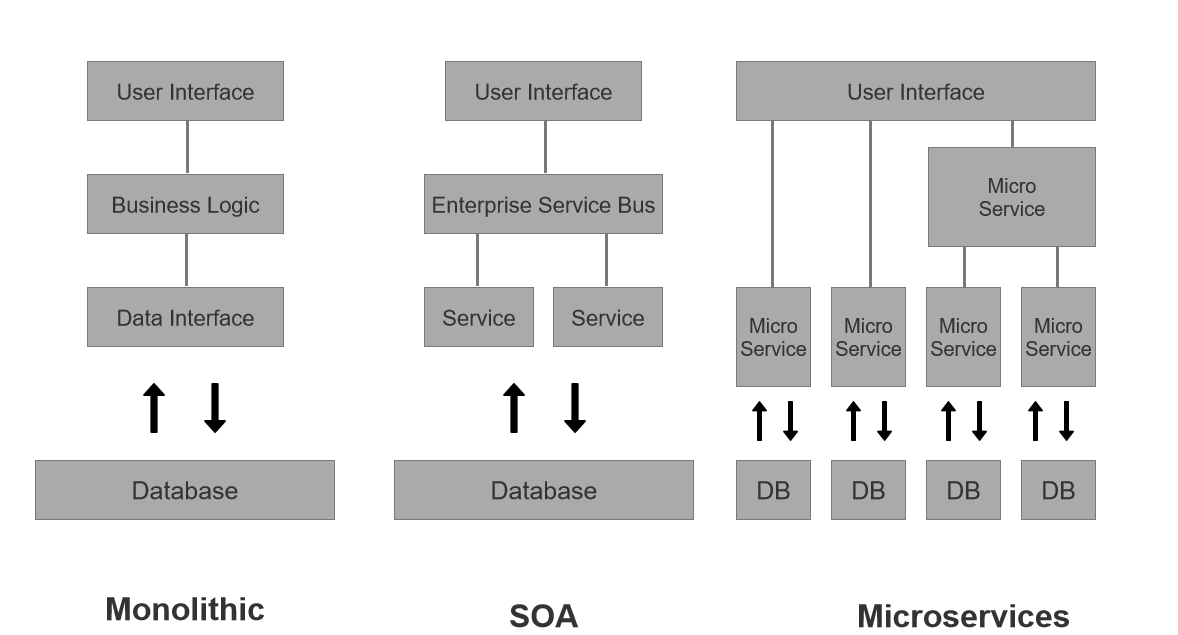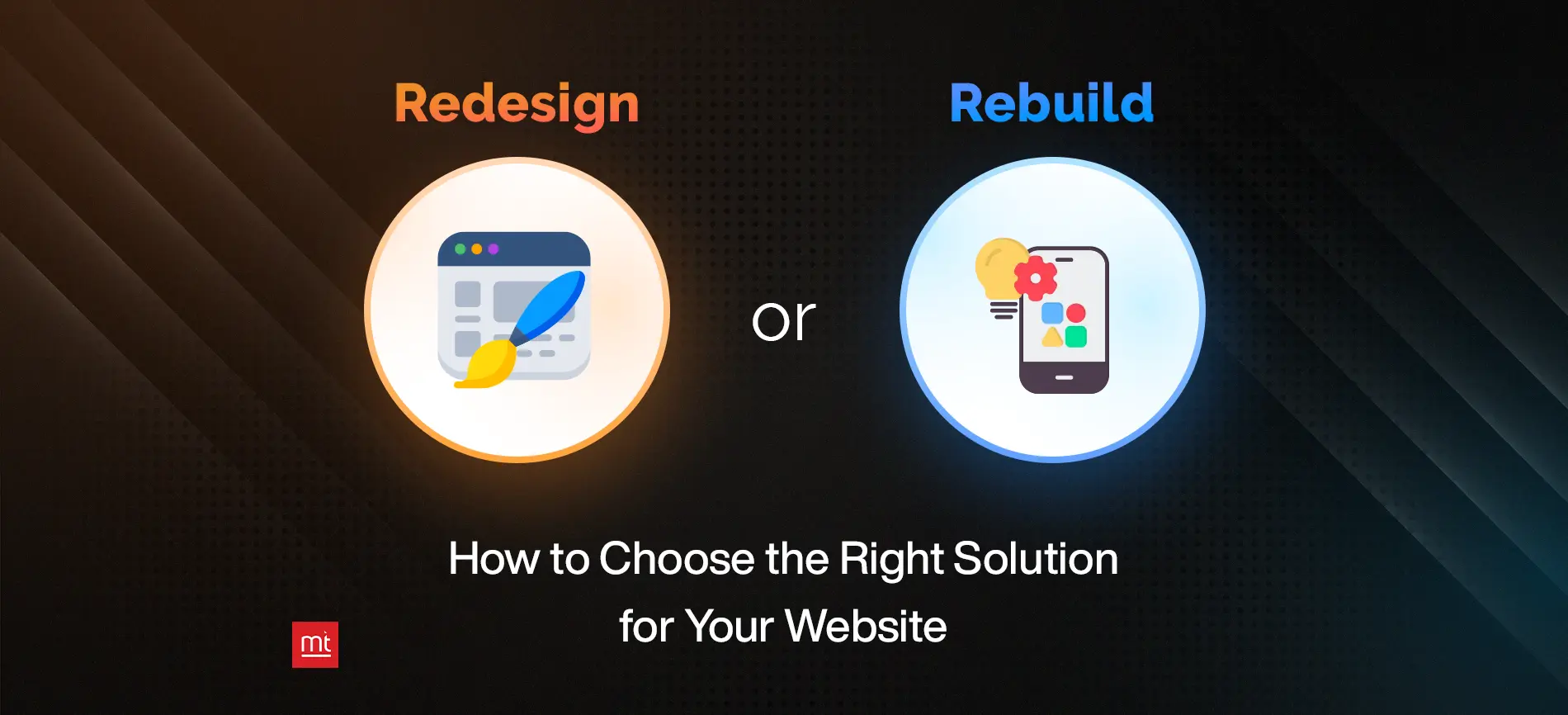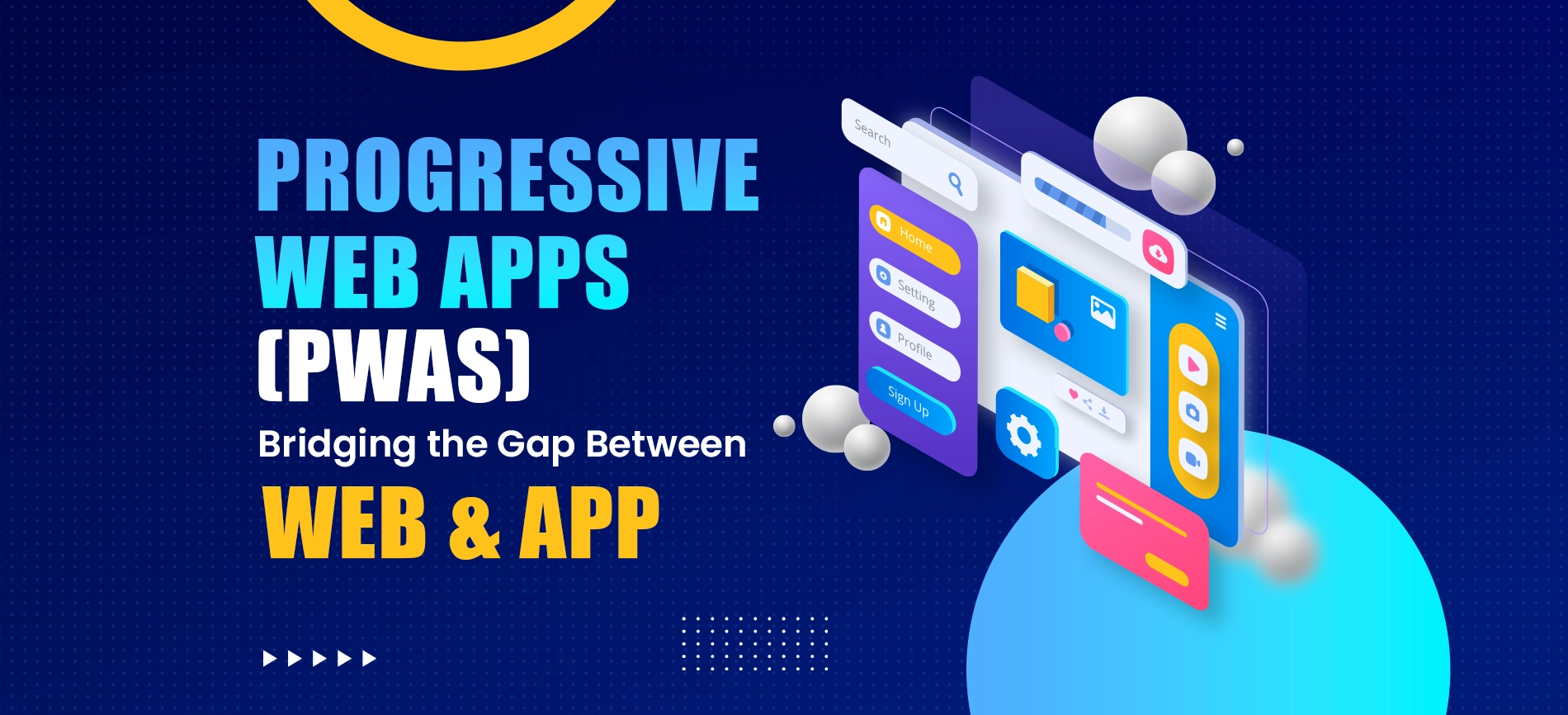Introduction
We are living in a world where everyone wants to be perfect and it runs a race to be innovative to develop something which pursues things in a better way and Information technology follows the same.
The day-by-day systems are updating, we learn from the past and adapt to something new which comes. Most of technology-oriented companies want their hand on new challenges and adaption of new technologies to be on market to satisfy their customer by creating a better application. A Microservices is a small, independent, application that performs a highly focused service. A web service is an internet-based interface that makes the “services” of one application available to applications running on different platforms.
We know that Microservices are one of the most popular concepts in application development right now, it uses more often than web services. However, both concepts are highly relevant when building a modular, service-oriented application architecture – so it is important to understand and learn how both fit into the picture of modern app design.
We will cover the following topics in this article which demonstrate the way both web service and microservice works,
1. Microservices Vs Web Services: An Introduction
2. The Microservices Application design
3. The Web Services Application design
4. Differentiating Microservices and Web Services
5. When to use Web Services?

1. Microservice Vs Web Service: An Introduction
Here is the basic definition of microservices and web services:
• Microservice: A small, independent application that performs a specific service for a larger application architecture.
• Web service: A service of one application can be used in other applications via a web interface.
As you can see an image at top where left part shows a web service approach while right side shows Micro service approach.
Both microservices and web services can be used to development different kinds of application architectures. I would describe architectural definition as below:
• Microservices application architecture: A modular, independent, services-oriented application architecture, which is loosely connected, independently running microservices. Microservices uses APIs so other microservices and application can integrate with them.
• Web services application architecture: It is also called as SOA where a modular, services-oriented application architecture where the applications which connect via web services. programmers can use web services to connect microservices, monolithic applications, to build up a larger application.

As you can see in the monolithic architecture, everything is in a single platform with only a database, and there is no separation as all data logic would be there in the data interface only. If you look at service architecture, then you can see the data interface divides into small components called to service and those services can communicate with a single database. If you look at the microservices architecture, you can see, the entire business and data logic combined in a single Microservice could have communicated with an individual database.
It is well common for modern, services-oriented application architectures to include a mix of microservices and monolithic applications. It is also common to use a mix of APIs and web services to integrate the apps and microservices services that comprise them.
2. Microservices Application Design
A microservices application architecture splits a monolithic application into its smaller component functions. Rather than developing all application functions into a single piece of source code just like a monolith, the microservices architecture isolates each function as a small individual, autonomously running application, i.e., a microservice, which it runs in a container.
A set of microservices that represent a microservices-based application usually interconnect with each other through APIs. When developing a microservices-based application, programmers can use an API gateway which offers an easy way to manage access to and establish integrations with the microservices that comprise the application.

If you look at the above example, we can see the front end communicates with API gateway, and the entire business and data logic is combined as different services. All services above combined as a Microservice. This makes the Microservice architecture more flexible and comfortable for developers to programming as each will have its own component to work.
Importance of APIS in Microservices
APIs are the preferred method for connecting microservices because APIs support the widest variety of message formats like XML, JSON and the variety of message protocols (like HTTP, HTTPS, REST, and SOAP).
As we will demonstrate in detail that, developers can connect microservices apps via web services to form a web services application architecture.
3. Web Services Application
Web service is a case of a service-oriented architecture (SOA) which represents the functionality of web applications. It did not use directly in front end as it is a bridge between user interface and backend which uses the standard HTTP protocol and it has specific data representation methods like XML, JSON etc.
Web service is also called as HTTP Wrapper around API which presents different services that belong to a specific application, through a web interface, so other applications or microservices can interact with those services, even when the involved systems are written in different programming languages and running on different OS platforms.
In this way a web service functions works as bridge despite of whether the connection is cloud-to-cloud, server-to-server. This makes web services particularly valuable for enterprises as well as small projects that want to connect software components running in different locations.
There are few things which you need to consider while using web services:
• The applications which use web services application architecture need to use the same data format as XML, JSON etc.
• The applications and web services need to use the same message protocol as HTTP, SOAP, etc.
How Web Services Work
It describes how the webservice works to integrate between client and application:
1. The web service allows clients or any other third-party application to access the services of the application that is in web service.
2. The client calls the web service by sending multiple requests to the server that hosts the web service. The advantage of a request is that it does not require that what language the client and the application are developed in. For example, if the client is written in .Net and the application in PHP, both can still communicate through the web service.
3. The web service responds to the request by returning XML or JSON data to the client. XML /JSON is a standard messaging platform that uses widely. The web service uses the messaging protocol SOAP (Simple Object Access Protocol) to understand the transmitting XML document and sends the data through HTTP.
Recommendation: How to Choose the Best Custom Software Development Company
4. Differentiating Microservices and Web Services
I have defined the similarities and differences of microservices and web services from different perceptive:
Service Specific approach
A microservice represents a very specific service or task. For example, the Manektech News App includes a specific microservice that handles news feed. You can access this specific functionality by using Manektech News API.
A web service can provide one or more services from an application. It allows a web services architecture to organize access to the different services provided by an application. For an inventory management application, one web service could present client-facing ordering and payment services, while another web service presents admin facing inventory services. Even though access to these services is in separate web services, belong to the same application in this way, web services represent various services of single application.
Failure Resistant
In microservices and web services architectures, the failure of one microservice or application is less likely to result in a disastrous failure that affects the rest of the architecture. In both cases, developers can implement a design pattern to detect service failures and prevent them from disrupting other microservices or applications connected to the system.
Pluggable solution
Programmers can easily add, remove, and upgrade the microservices and applications that form a larger application architecture. It gives more flexible, agile architecture because upgrades are faster, cheaper, and easier to achieve without disrupting the entire application.
With microservices, the APIs that connect them offer greater flexibility because they support both HTTP and HTTPS, and they can establish connections between different message formats and protocols.
Web services do not support HTTPS and the connected components must share the same message format and protocol.
Cost-Effectiveness
Microservices often run over cloud. As we know, multiple containers can run on the same operating system kernel, this reduces costs by requiring fewer operating system licenses to run the various microservices that comprise a larger app architecture. The connective capacity of APIs means that developers save time and money when establishing microservices API. Since web services are an HTTP-based presentation of APIs. Finally, the pluggable nature of both microservices and web services architectures makes upgrades faster, simpler, and more cost-effective to achieve.
Language and Platform Agnostic and Decentralized
Developers can create both microservices and web services architecture in any programming language. This gives developers the freedom to choose the most suitable languages and platforms for the different microservices, apps, and web apps based on the project’s needs. In a Microservice application, each service usually manages its unique database if we want. Also, the developer can use different platforms for each microservice which allows flexibility to choose different languages and combinations of languages too.
Comfortable in development
Microservices and web apps both allow for smaller, bigger, well maintained, and easier-to-manage development teams. The team can divide each web service or micro service into a small development team, allowing teams to work more independently and granularly on perfecting a single aspect of the application – without the fear of coding conflicts with other systems.
Web services development teams must stay on the same page regarding the common approach and formats that used, protocols shared across the web service integration.
5. When to use API?
If you develop a modern application architecture or manage a large IT architecture then you need to integrate a combination of microservices and monolithic applications, and a combination of web services and APIs connect these systems. There are some situations when web services are good to choose over others:
• If you develop single monolithic application, a web service allows you to create a service-oriented architecture that makes specific services from the monolith available through different web services. This helps you manage and organize access to different aspects of the same monolithic application.
• Since each microservice has its own connection to a corresponding database, microservices architectures can be using on system resources when all the microservices are constantly calling their databases. A monolithic application is small so it will make fewer database connections and calls, which can save system resources. With web service connections, development can get rid away of system slowdowns often if the operating system has limited resources.
Both Web services and Microservices break larger applications into smaller services that are easier to manage and maintain. Both have their own pros and cons. It is completely up to the programmer to choose based on project needs.
About Author
Subscribe to Our Newsletter!
Join us to stay updated with our latest blog updates, marketing tips, service tips, trends, news and announcements!




















